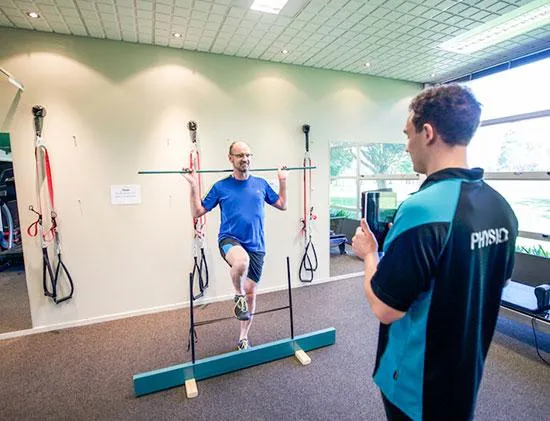
Understanding the Stages of Rehabilitation: What Happens After an Injury?
Injuries can feel overwhelming, and it’s natural to have questions about what comes next in your recovery journey. Understanding the stages of rehabilitation can provide clarity and reassurance during this process. At Muscle People Physiotherapy, we’re here to guide you through each stage, helping you regain your strength and mobility after an injury.
The Importance of Rehabilitation
Rehabilitation is a structured process designed to help you recover after an injury, whether it’s a sprain, fracture, or post-surgical recovery. By engaging in a comprehensive rehabilitation program, you can improve healing, restore function, and reduce the risk of future injuries. Let’s break down the typical stages of rehabilitation and what you can expect at each phase.
Stage 1: Acute Phase (Inflammation Management)
This stage begins immediately after the injury occurs and typically lasts for a few days. During this time, your body goes through an inflammatory response as it starts to heal.
What to Expect:
Rest and Ice: Your physiotherapist will likely recommend rest and ice to manage pain and swelling.
Gentle Movements: Depending on the injury, your physiotherapist may introduce gentle range-of-motion exercises to prevent stiffness.
Education: You’ll learn about managing pain and the importance of avoiding activities that could aggravate the injury.
Why It Matters:
Managing inflammation early on is crucial to prevent further damage and set the foundation for effective healing.
Stage 2: Recovery Phase (Restoration of Function)
As the acute phase subsides, you’ll enter the recovery phase. This stage focuses on restoring mobility, strength, and overall function to the affected area.
What to Expect:
Targeted Exercises: Your physiotherapist will design a personalised exercise program that targets specific muscle groups and movements related to your injury.
Manual Therapy: Techniques like massage or mobilisation may be employed to improve circulation and promote healing.
Progressive Loading: As your body begins to heal, you’ll gradually increase the intensity of your exercises to build strength and stability.
Why It Matters:
This phase is essential for regaining function and preparing your body for the demands of daily activities or sports.
Stage 3: Rehabilitation Phase (Functional Training)
In this stage, the focus shifts to functional training, which aims to prepare you for a return to your regular activities or sport.
What to Expect:
Sport-Specific Drills: If you’re an athlete, your physiotherapist will introduce drills that mimic the movements required in your sport.
Balance and Coordination Exercises: These exercises help improve your overall stability, reducing the risk of re-injury.
Building Endurance: Gradual increases in activity levels will be encouraged to build your endurance and confidence.
Why It Matters:
Functional training is vital for ensuring that you can perform daily tasks and activities without limitations.
Stage 4: Maintenance Phase (Long-Term Injury Prevention)
Once you’ve regained your strength and mobility, the final stage focuses on maintaining your progress and preventing future injuries.
What to Expect:
Continued Exercise Program: Your physiotherapist will help you develop a long-term exercise plan that incorporates strength, flexibility, and balance.
Education on Body Mechanics: Understanding proper body mechanics during activities can help reduce the risk of future injuries.
Regular Check-Ins: Periodic follow-ups with your physiotherapist will ensure you stay on track and make any necessary adjustments to your program.
Why It Matters:
Maintaining your strength and conditioning is key to avoiding future injuries and staying active.
Final Thoughts
Understanding the stages of rehabilitation can empower you on your recovery journey. Each phase plays a critical role in healing, restoring function, and preventing future injuries. At Muscle People Physiotherapy, our dedicated team is here to support you every step of the way. If you have questions or are ready to start your rehabilitation journey, don’t hesitate to reach out. Together, we’ll help you regain your strength and get back to doing what you love!



